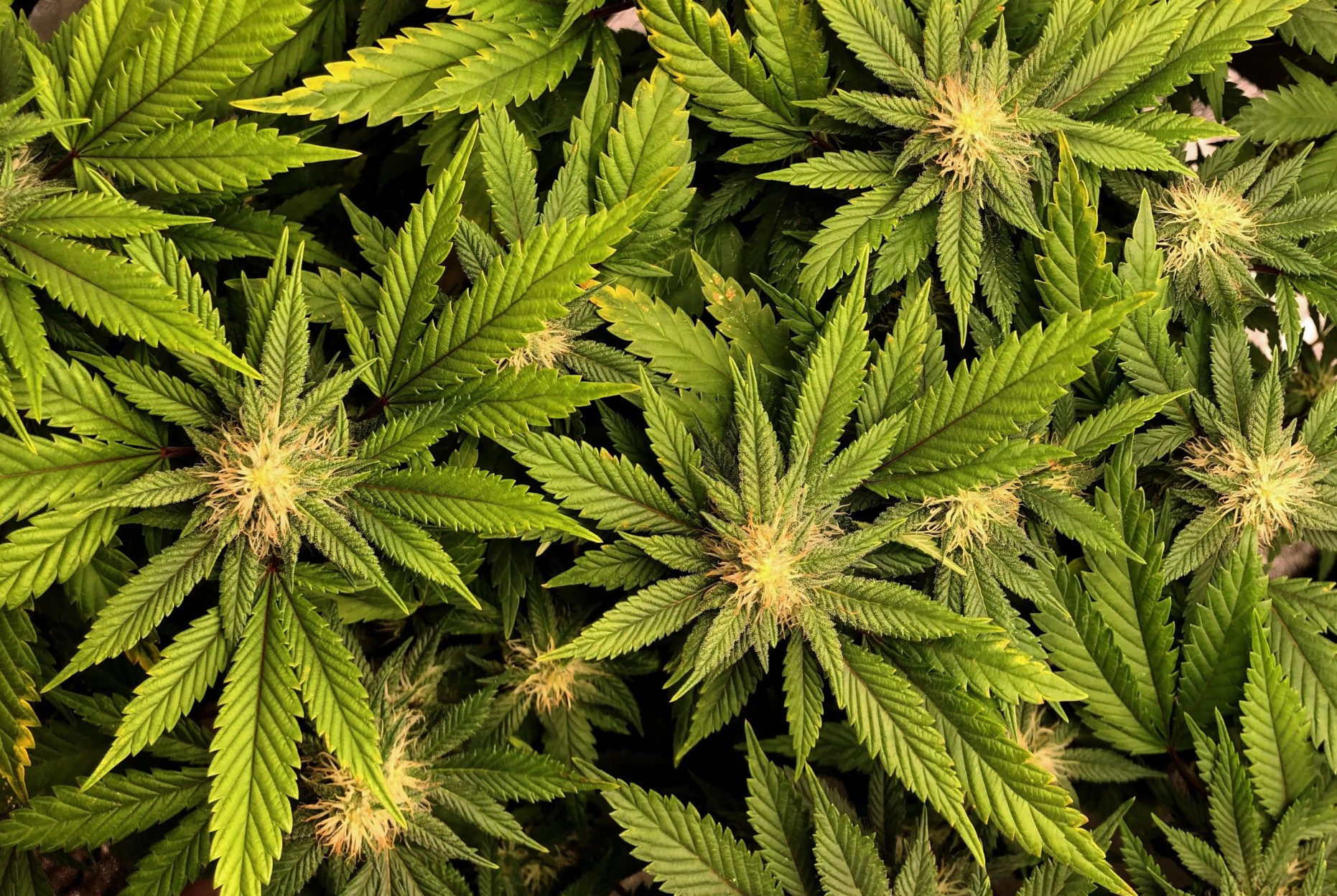Whether you’re a newcomer or an old head, you’re probably aware that there’s a lot of vocabulary to know relating to cannabis. Even the plant itself has many names: cannabis, weed, marijuana, ganja, pot, reefer, dope, etc. While many of these terms (and others) might be mostly insignificant or too deep in the weeds (pun intended) for the average consumer, others can be downright essential to understanding the landscape and products you might be buying.
Of all the terms relating to cannabis, however, there are two that are potentially the most important to know: indica and sativa. This is because these are the names of the two dominant cannabis species — and the basis for understanding the various strains you might come across. We break these two terms down below, offer a bit of background and even offer some answers to other questions you might have related to cannabis.
Cannabis indica, defined
One of the two major subspecies of cannabis, cannabis indica is a plant native to Afghanistan, India, Pakistan and Turkey — especially the arid, windy Hindu Kush mountains (which is where the term “kush” originates, as well). Typically, this type of cannabis has high levels of CBD — often higher than its levels of THC — but it can also be abundant in psychoactive THC.

Physically, cannabis indica is typically stout and bushy with broad leaves, usually around two-to-four feet in height. It is also said to grow faster than sativa and can produce more buds. In regards to this species’ effects on the body, it is widely believed that cannabis indica, when consumed, has psychoactive effects associated with deep relaxation and calmness.












